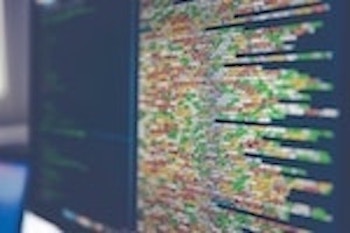Chapter Three: Method
Implications

This chapter offered a panoramic view that encompassed several intertwined strands of digital analysis. While the chapter carefully examined various methods, particularly network analysis and data visualization tools, perhaps it would be useful to provide examples of the methods as applied to analyze or produce specific digital texts. Juxtaposing local and global methods, the affordances of one become the limitations of the other; while local methods offer close interpretations that may not reveal larger patterns, global methods expose trends yet may hide individual differences. Network and data analysis methods could have a transformative effect on the humanities: for instance, the progression from close to distant reading could foretell a larger movement in humanistic studies from micro-level to macro-level analyses; in addition to close literary or rhetorical interpretations of a single textual artifact such as a poem or speech, our increasingly digital discourses could lead to rhetorical analyses that employ data analytics on a broader scale.
To critique the existing methods, the emphasis on the visual as a mode of representation and analysis begs the question of whether alternative modalities or sensory capacities could generate methodologies for digital rhetoric: network, ecology, and circulation theories could invite sonic, spatial, tactile, or kinesthetic expression as connections reverberate across multiple dimensions. In this sense, Douglas Eyman’s foundational work opens up territories in which we might further expand our ways of knowing and perceiving rhetoric as enacted in digital spaces, broadening methodologies beyond the visual domain.
Continue to Chapter Four Overview.
